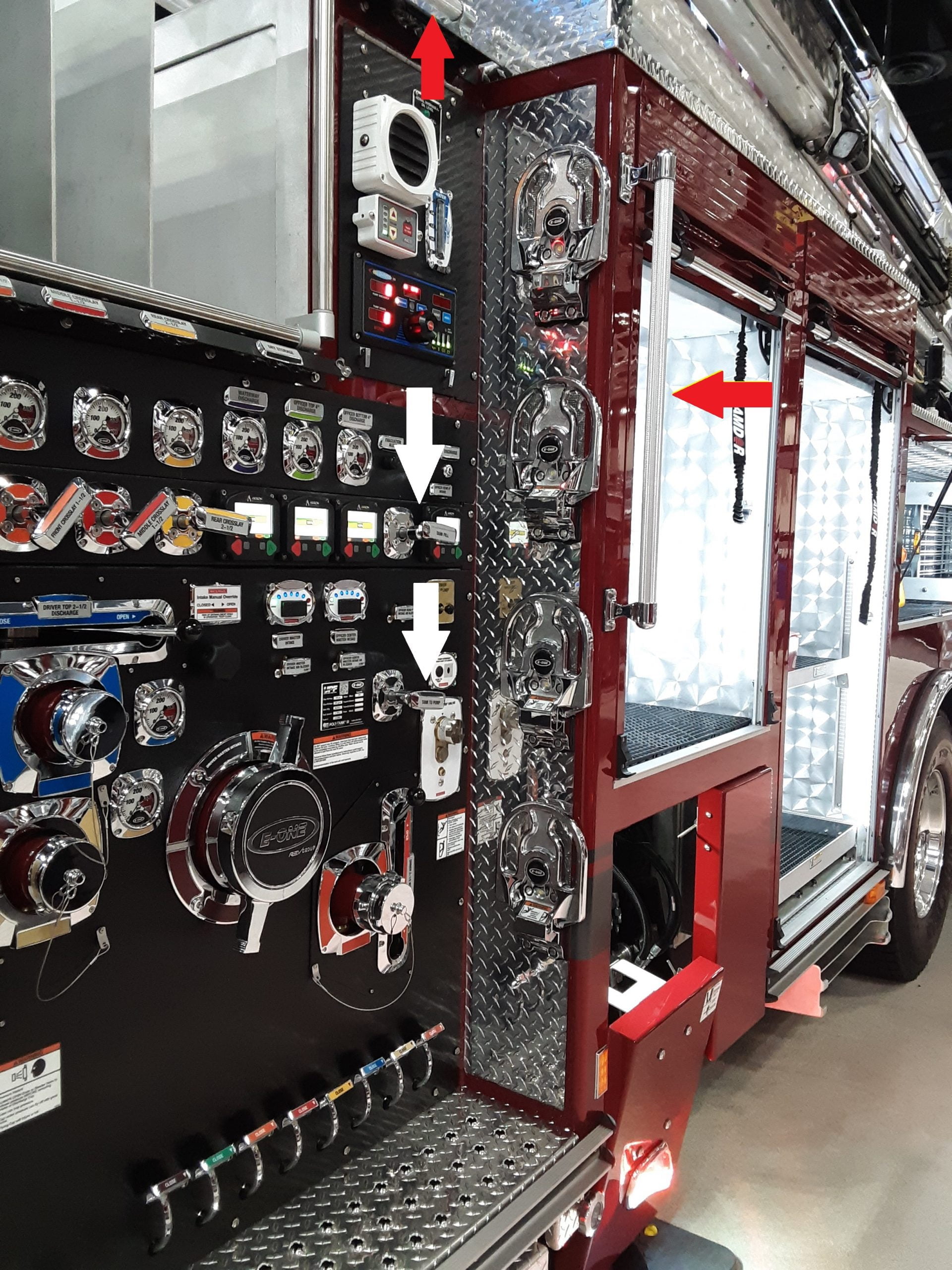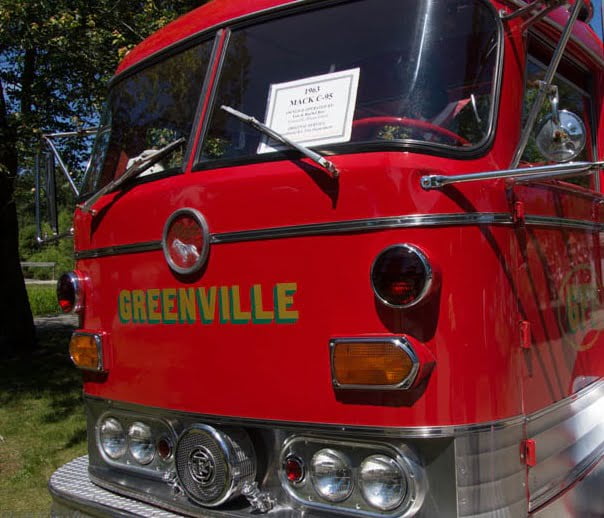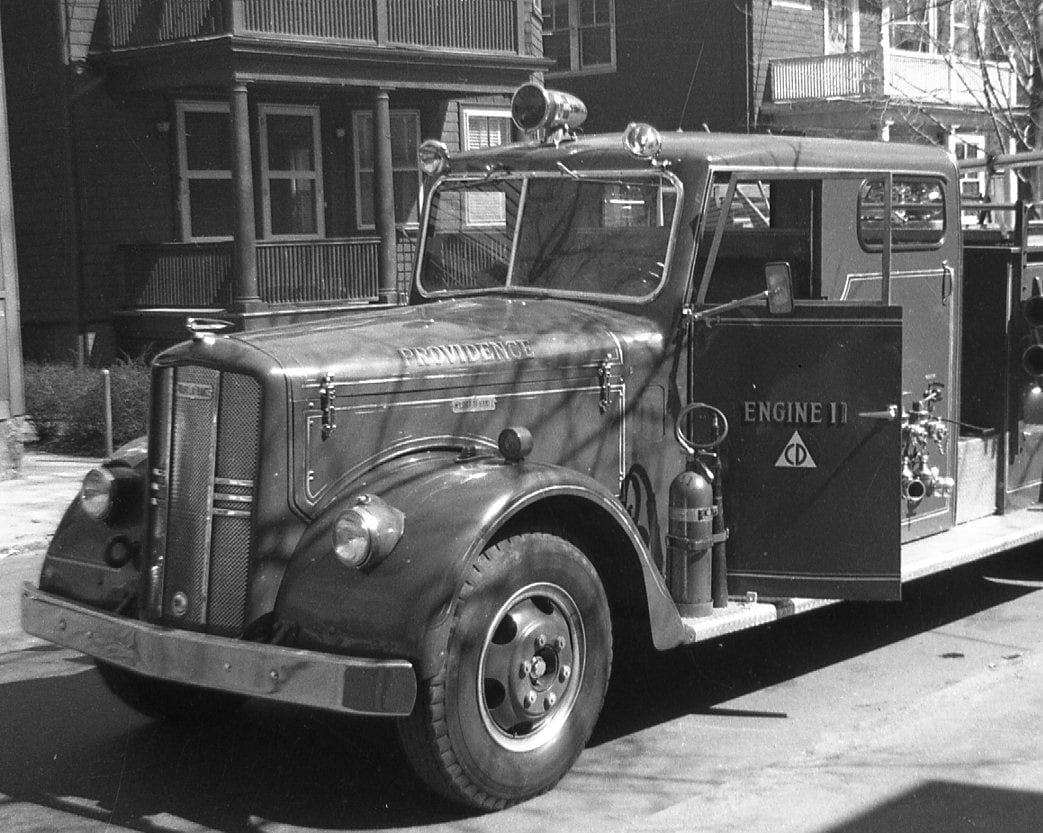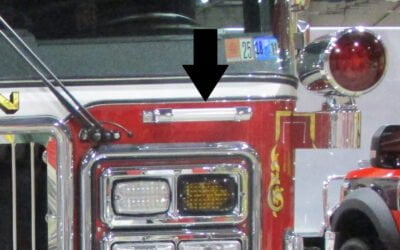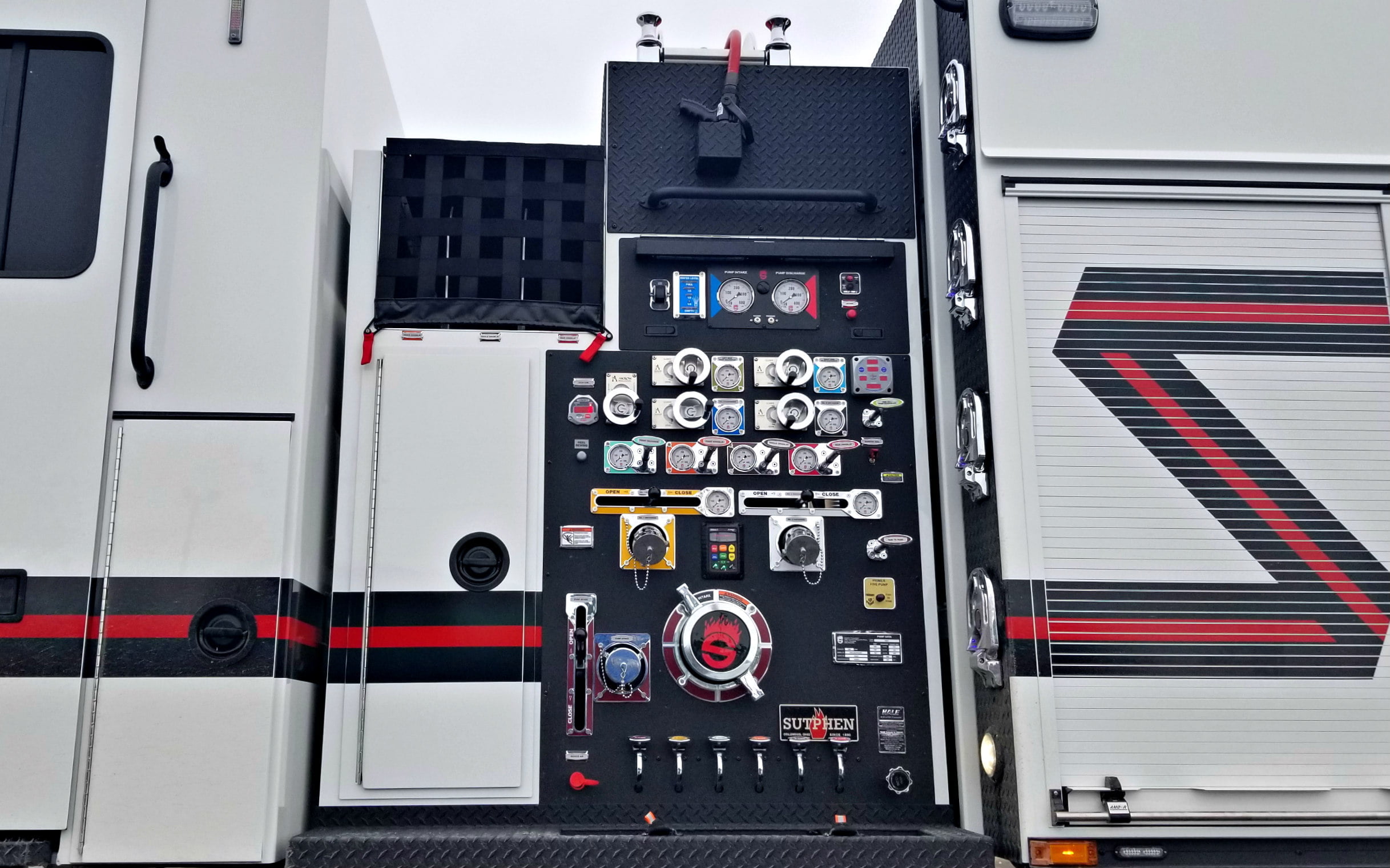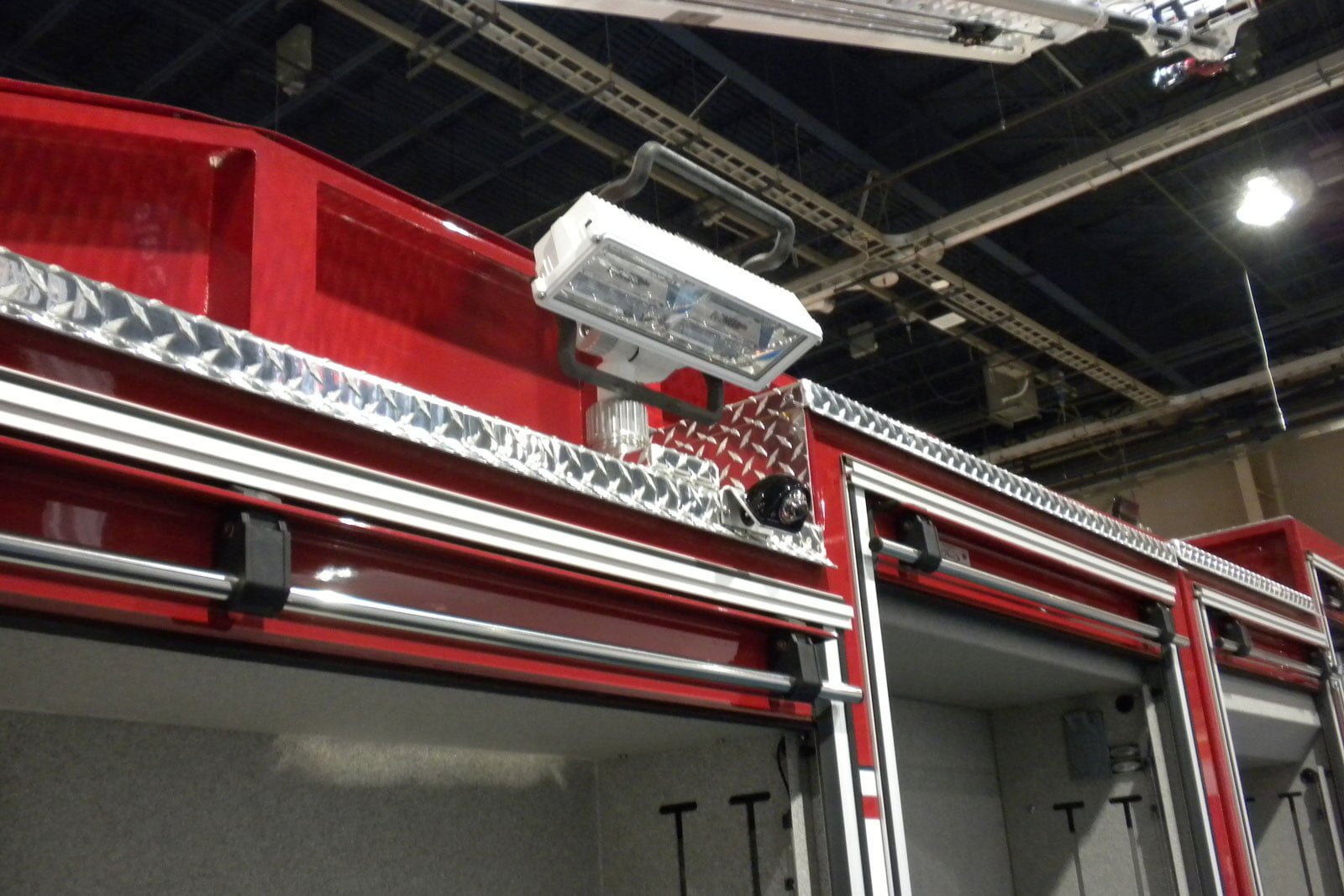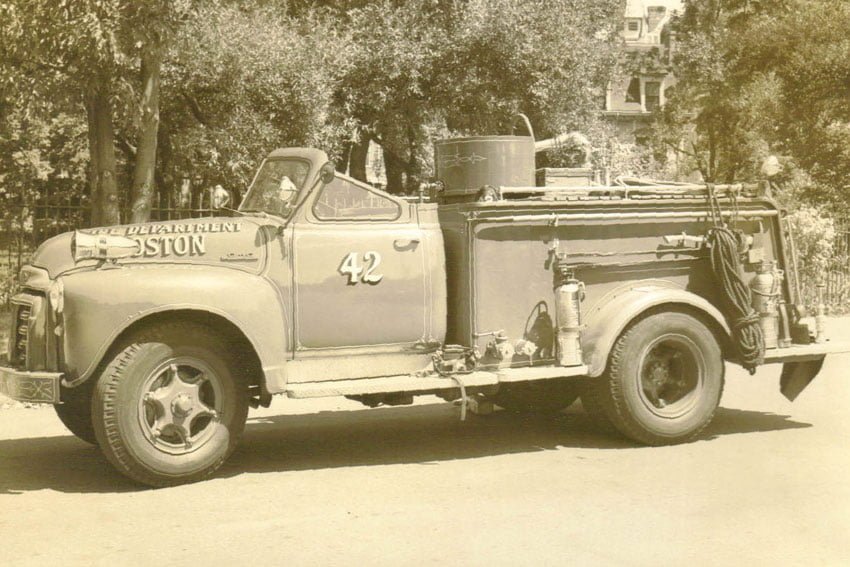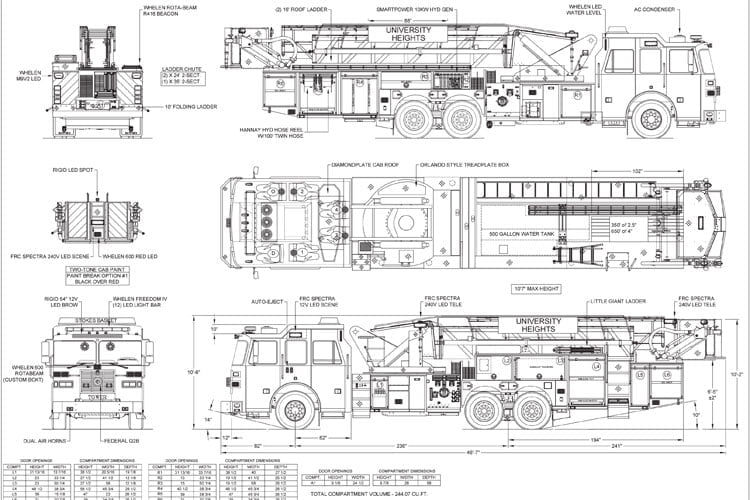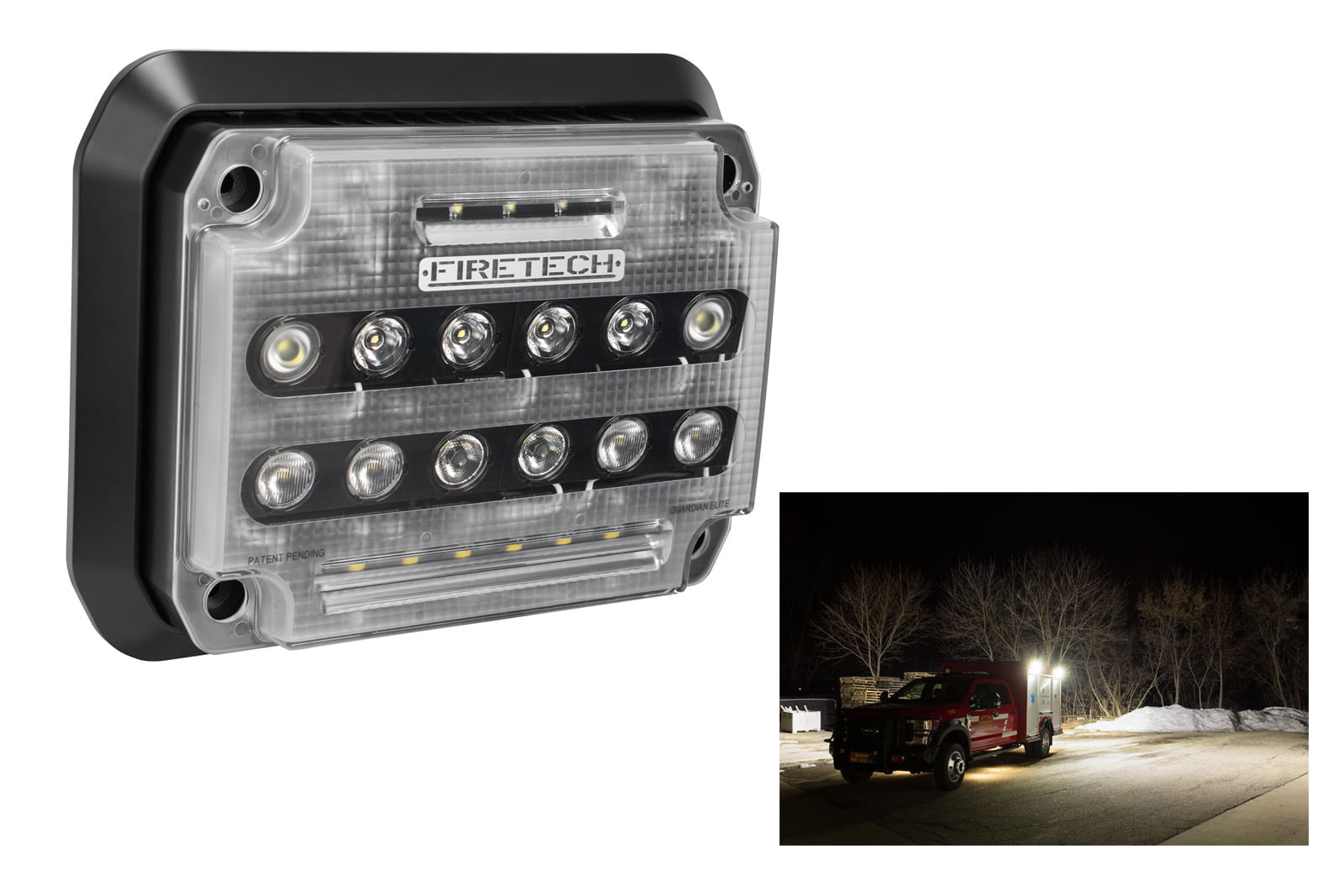By Bill Adams After a year’s hiatus, the Fire Department Instructor’s Conference (FDIC) in Indianapolis, IN, had numerous apparatus on display from multiple vendors. In addition to unveiling new products and apparatus designs, most rigs were equipped with traditional...
NFPA-Mandated Flash Rates: Fast, Slow, or Not at All?
By Bill Adams This article is not an accusation that the writers of the National Fire Protection Association’s NFPA 1901 Standard for Automotive Fire Apparatus purposely promulgate requirements that are conflicting, divergent, or confusing. They just appear to be....
NFPA-Mandated LED Lightbars: Fact or Fallacy?
By Bill Adams A fact is a verifiable truth; fiction is not. A politically correct way of dodging the truth is to call a statement a fallacy. A fallacy can be defined as a misconception, a myth, sometimes a mistake, even a fairytale and “perhaps it’s something you...
Grab Handle Negligence?
By Bill Adams In the early 1980s, a New England firefighter fell off a rig and eventually died from his injuries. His family successfully sued the fire apparatus manufacturer that built the apparatus. It was a custom pumper with an open canopy cab that featured a...
Transverse Hose Storage
Transverse hose storage for handlines has been around since the late 1940s. Commonly called crosslays and mattydales, they’re usually located immediately above or recessed into the top of a midship-mounted pump enclosure. Some are found on front bumper extensions and on the rear step–also known as the tailboard or more politically correct as the rear work platform. They all feature the principle of deploying the hose from either side of the rig. All are loaded from the top. It is irrelevant if the hose is preconnected. What is important is ensuring the intended hose fits, it is stored at a workable height, and can be deployed as intended. Adequate purchasing specifications will ensure so.
NFPA 1901 & FAMA Signs: Sensible or Nonsensical? Part 2
By Bill Adams Part 1 illustrated this writer’s opinion that the requirement for and installation of “warning signs” on fire apparatus could be scrutinized. This part further investigates the whys and wherefores of providing signage. There is no intent to disparage any...
NFPA 1901 & FAMA Signs: Sensible or Nonsensical? Part 1
By Bill Adams The tones dropped and everyone headed for the rig. The chauffer fired up the motor as the lieutenant impatiently waited for the crew to load up. One jumped in behind the officer’s seat while two others stood outside intently staring at the opened...
Roll-Up Doors
Fire Apparatus & Emergency Equipment publishes a monthly list showing photos of about two dozen new apparatus deliveries. In the last three months, 66% of the deliveries featured roll-up compartment doors, 23% had hinged doors, and 11% had a combination of both.
What Is A Light Rescue Truck?
In comparing dozens of OEMs’ Web sites, there is no common industry-wide description for a light rescue except for the intimation they’re support rather than suppression vehicles.
Where Have All the Apparatus Builders Gone?
The size an OEM is not necessarily reflective of the quality of the apparatus manufactured, nor does the size of a local dealership indicate the expertise and knowledge of its vendor that knocks on your firehouse door.
What Are These Alphabet Trade Associations?
What they do may undoubtedly affect fire apparatus design, requirements, and capabilities in the future. It might be advisable to stay abreast of their activities.
LED Scene Lights
How does an APC determine what it should purchase? What can the APC compare proposed LED lights to?


